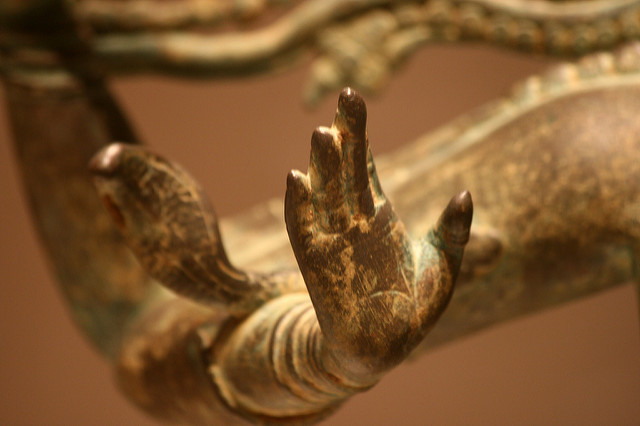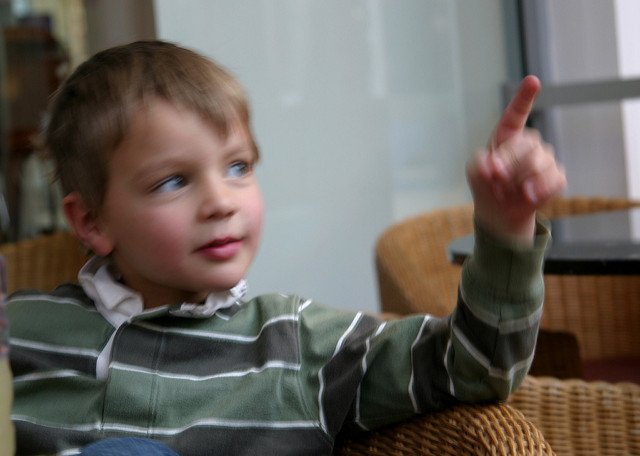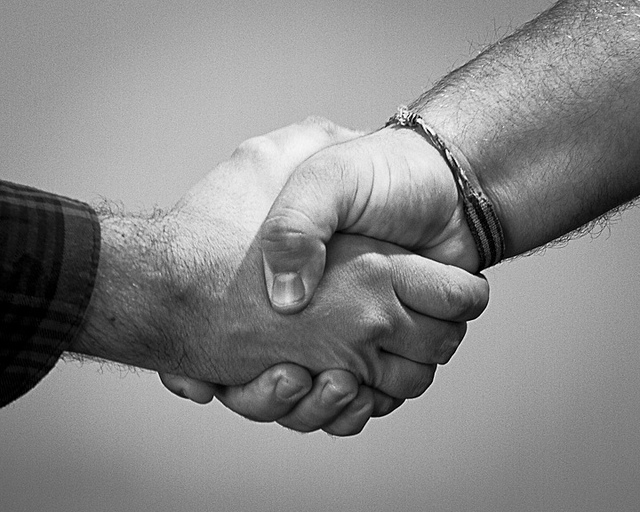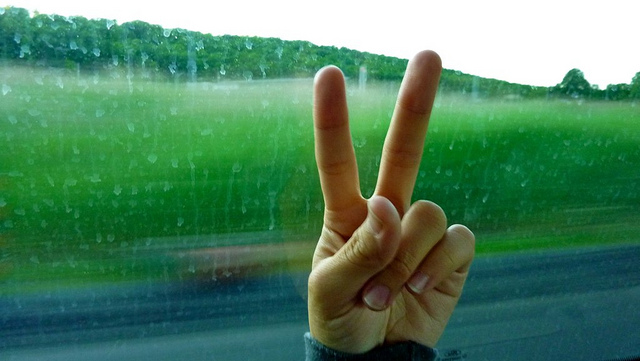Handfuls Of Hands – Common Gestures In French Posted by John Bauer on Nov 29, 2017 in Culture, Vocabulary
There are often small things that can be hard to learn in French because they aren’t things that are often said. Talking about specific hardware or buying a bed can lead to learning some interesting vocabulary. A similar difficult part of learning the language is learning the words for les gestes (gestures).
When I first heard l’expression française for holding a general meeting, faire le point, I was very confused what it meant. It even crossed my mind that maybe it’s just another way of saying montrer du doigt (to point).
While that wasn’t the case for faire le point, it made me curious how to say des gestes communs (common gestures) that I know how to use, but rarely ever say en français.
Pointing – Montrer du doigt, indiquer
Raising l’index (the index finger) to point at something is a common gesture around the world. Even if it may be considered impoli (rude), it’s something that is understand and very useful when you’re in un pays étranger (a foriegn country) and need to point at something to figure out how it’s said or to indicate you want to acheter (buy) it.
Handshake – La poingée de main
This common greeting is nearly universal in le monde du business (the business world) and while you have to know how to faire la bise in French, la poignée de main is common, especially as a greeting between men.
While thinking in English can often lead to misunderstandings, when the literal translation is particularly funny it makes le mot (the word) easy to remember for me. Cette geste is a perfect example of that and to help everyone remember how to say handshake, remember that poignée de main literally translates to handful of hand.
Thumbs Up – Lever son pouce, le signe que c’est bon
Cette geste of approval is seen as very American, but still widely understood. Thanks to the spread of les réseaux sociaux (social media) it is more common than ever, but young people may think of la geste more as “j’aime” (“like”) than le signe que c’est bon.
Interestingly, because it’s not a very common geste in France there isn’t a good translation. A solution to translate “give me a thumbs up” could be “fais-moi signe” (give me a sign), but it’s easy to see how it’s not a perfect answer. It’s like trying to find a good way to explain la formule de politesse to non French speakers. Things like this show just how connected culture and language really are.
Peace Sign – Le signe de la paix
Le signe de la paix is known as many different things around the world, but these days it’s more associated with les selfies than anything else. The most general term for la geste is le signe V (the V sign), referencing the shape of l’index et le majeur (the index and middle finger) when you make le signe.
Cette liste introduces a fun faux ami (false friend): Le signe.
Le signe does not always match up to the English word, sign. For signs on the side of the road, en français the word is le panneau and using le signe would make un francophone (a French speaker) think of a person standing on the highway frantically waving their arms!
Les gestes are a big part of expressing yourself and anyone who has traveled to a place where they don’t speak the language, or at least not perfectly, can attest to how useful they can be. Let me know if you want to know how to say any other gestures in the comments below!

Build vocabulary, practice pronunciation, and more with Transparent Language Online. Available anytime, anywhere, on any device.








